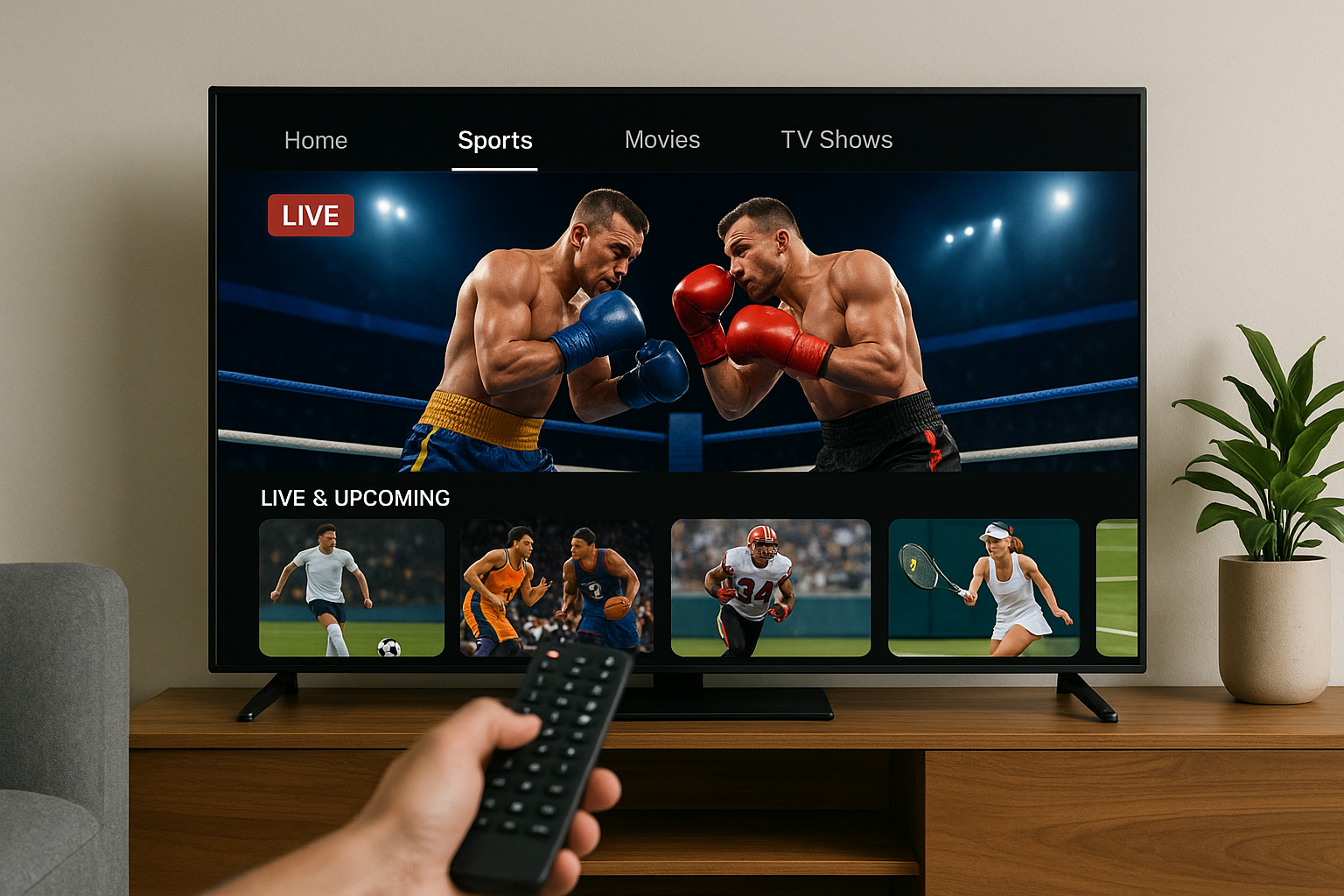Introduction to the Zuyomernon System
Basketball has always been a sport that thrives on strategy, innovation, and adaptability. Among the many tactical approaches that shape the game, the Zuyomernon System Basketball has emerged as a fascinating framework that emphasizes structure, fluidity, and teamwork. While the name may sound unusual, the system represents a modern approach to organizing play that combines classic principles with new-age thinking. Understanding its concept, strategy, and overall impact helps players, coaches, and fans appreciate the complexity behind the game.
Origins of the Zuyomernon System
The Zuyomernon System is not rooted in one specific era but rather in the evolution of basketball strategies over time. Its foundation comes from the need to create balance between offense and defense while ensuring every player contributes meaningfully on the court. Coaches who favor this system draw from multiple tactical schools of thought, blending motion offenses, positionless basketball, and structured defensive schemes into a single approach. Over time, this hybrid style gained recognition for its effectiveness in both professional and amateur levels of play.
Core Concept of Zuyomernon System Basketball
At its heart, the Zuyomernon System is about controlled creativity. Instead of relying purely on set plays or individual talent, the system encourages fluid ball movement, continuous spacing adjustments, and intelligent rotations. Players are expected to read the game in real-time, making smart decisions that serve the collective rather than individual glory. This makes the Zuyomernon System less predictable and harder to defend against, as it prioritizes adaptability over rigidity.
Offensive Philosophy in the Zuyomernon System
Offensively, the Zuyomernon System thrives on spacing, timing, and motion. Players move constantly without the ball, creating lanes for drives, open shots, and inside-out opportunities. The goal is to keep the defense guessing by stretching them horizontally and vertically. Unlike isolation-heavy offenses, this system relies on unselfishness—passing, cutting, and screening are emphasized so that multiple players get scoring opportunities. This leads to higher-quality shots and fewer wasted possessions.
Defensive Structure in the Zuyomernon System
On the defensive end, the system focuses on collective accountability. Players are encouraged to rotate quickly, communicate effectively, and switch on screens when necessary. The idea is to eliminate mismatches and close down space before an opponent can exploit it. While man-to-man defense forms the foundation, the Zuyomernon System incorporates elements of zone defense, especially when countering fast-paced or three-point heavy teams. The balance between aggression and discipline defines its defensive philosophy.
Role of Teamwork in the Zuyomernon Approach
No system in basketball succeeds without teamwork, but the Zuyomernon System raises collaboration to the next level. Every player must understand their role while also being flexible enough to step into different positions when needed. Guards, forwards, and centers work interchangeably, creating a fluid dynamic where traditional positions matter less than overall contribution. This approach not only maximizes the talent on the roster but also builds trust and chemistry among teammates.
Strategic Advantages of the Zuyomernon System
One of the key advantages of the Zuyomernon System is its unpredictability. Because it is not tied to rigid set plays, defenses struggle to anticipate the next move. It also allows for better ball distribution, which reduces reliance on a single star player. This system is especially effective against strong defensive teams because it forces them to defend for extended periods, increasing fatigue and creating mistakes. In addition, its defensive adaptability makes it suitable for countering a wide range of offensive styles.
Challenges of Implementing the Zuyomernon System
Like any strategy, the Zuyomernon System is not without challenges. Its success depends heavily on player IQ, communication, and willingness to sacrifice individual statistics for team success. Teams with selfish tendencies or poor discipline may find it difficult to execute consistently. It also requires significant practice time to develop chemistry and timing. Coaches must invest effort in teaching the system and ensuring buy-in from the entire roster.
Comparison with Other Basketball Systems
Compared to isolation-based offenses, the Zuyomernon System is more democratic, distributing opportunities across the roster. Unlike rigid structured systems such as the Princeton Offense or Triangle Offense, it provides greater freedom and flexibility to players. At the same time, it retains enough structure to avoid descending into chaos. In many ways, it sits between traditional playbooks and fully freelance basketball, making it a versatile hybrid that adapts well to modern demands.
Influence on Modern Basketball
The Zuyomernon System reflects the broader trend of positionless basketball, where players are valued for versatility rather than fixed roles. This mirrors the modern NBA and international basketball, where big men shoot from the perimeter and guards crash the boards. By emphasizing adaptability, the system aligns perfectly with the current era’s focus on speed, spacing, and shooting efficiency. It also highlights how basketball strategies evolve to match the athletic and tactical demands of each generation.
Psychological Impact of the System
Beyond tactics, the Zuyomernon System has a psychological effect on players. Knowing that the system values collective input builds confidence in role players and reduces the pressure on stars. It encourages resilience, as the system thrives on continuous effort rather than one-off moments of brilliance. The mindset it fosters—discipline, awareness, and unselfishness—translates beyond the court, teaching lessons about collaboration and adaptability in life.
The Future of Zuyomernon Basketball
Looking ahead, the Zuyomernon System is likely to influence how coaches and players think about strategy. As basketball continues to evolve, systems that blend structure with flexibility will dominate. The growing emphasis on analytics, efficiency, and team-based play will only strengthen the appeal of approaches like the Zuyomernon System. It may even inspire new variations, adapting further to the pace and skill level of future basketball.
Conclusion
The Zuyomernon System Basketball is more than just a tactical framework—it is a philosophy that embodies the balance between structure and freedom. By combining unselfish offense, disciplined defense, and flexible teamwork, it creates a system that is both effective and inspiring. Its challenges are real, but so are its rewards, especially for teams willing to commit to its principles. As the game of basketball continues to evolve, the Zuyomernon System stands out as a powerful reminder that success comes not only from talent but from strategy, teamwork, and vision.




